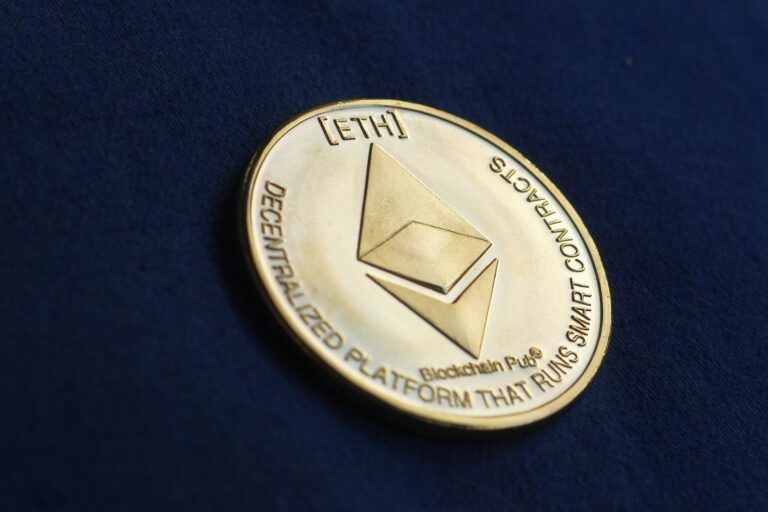Blockchain analytics firm Glassnode has published an extensive report scrutinizing the current condition of the Decentralized Finance (DeFi) sector. The report thoroughly analyzes the sector’s performance, liquidity, and usage, offering valuable insights into the challenges and opportunities facing DeFi.
The report begins by acknowledging the Ethereum application layer’s significant role as a platform for innovation. This layer has driven the development of new applications and attracted considerable capital and talent to the ecosystem. However, the report also highlights the DeFi sector’s downward trend. It notes that DeFi’s peak usage was reached between June 2020 and 2021, accounting for around 30% of gas usage on the Ethereum network.
One of the unique characteristics of the DeFi sector, as highlighted in the report, is its semi-regular bursts of activity. These bursts often coincide with periods of elevated market volatility as investors re-collateralize, deleverage, or get liquidated on their on-chain margined positions. Despite this, the supply-weighted price index for DeFi, priced in both USD and ETH, has continuously declined. The report reveals it is now down over 90% against both benchmarks since early 2021.
The report also delves into the liquidity and usage of DeFi tokens. It reveals that only a small percentage of the overall supply is found on decentralized and centralized exchanges. The majority of the token supply serves an undefined usage. This could potentially be held by individuals, especially founders, team members, and VCs. Another potential usage for these tokens could be as collateral in EOS or multi-sig wallets for derivatives such as wrapped tokens on sidechains.
Interestingly, the report also notes that DeFi tokens tend to find usage most heavily within their own underlying protocol. This is often a result of token incentives and economic designs that create incentives for investor lockups. For instance, tokens like SNX, BAL, and CRV have a large proportion of usage centered around their underlying protocol.
The report concludes by suggesting that the future of DeFi lies in the hands of the DAOs and token holders controlling these platforms. They are tasked with finding new ways of redirecting value and revenue streams toward creating stakeholder value. With ETH now boasting its own native yield, the hurdle rate bar for DeFi tokens (and any other sector) has been set. This means that DeFi tokens need to offer returns that exceed the yield provided by staking ETH.
Featured Image Credit: Photo / illustration by “AgelessFinance” via Pixabay









